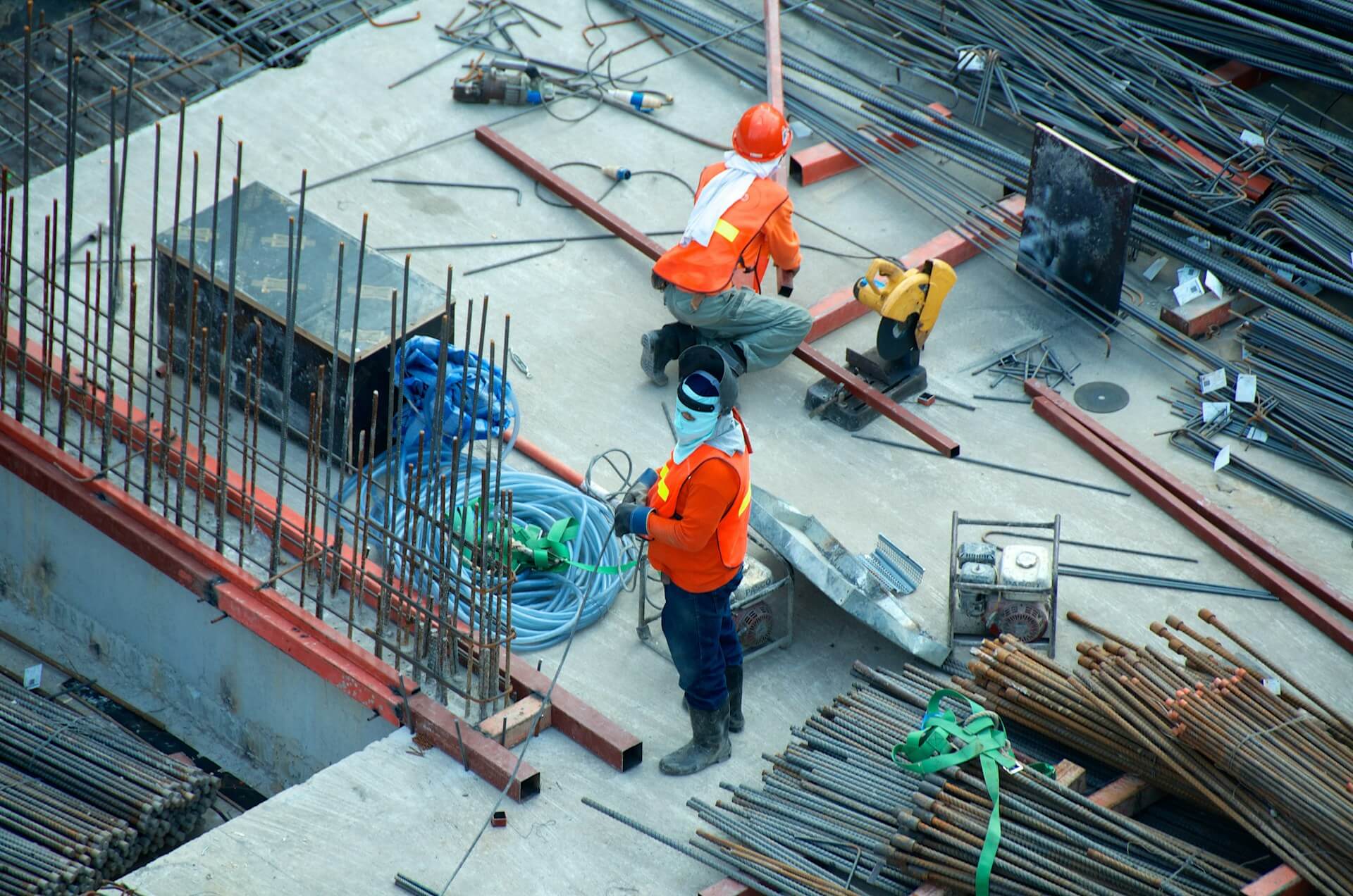How Humidity Control Can Improve Construction Efficiency
Among the many factors impacting a project's efficiency, humidity control often needs to be noticed, clouded by complexity and misunderstanding. However, mastering this element can significantly enhance not only the speed of construction but also the quality and durability of the finished product. With advancements in humidity management, construction firms now possess the tools to address moisture-related challenges, reduce delays, and optimize resource allocation. This post will explore the importance of humidity control in construction and discuss strategies to leverage it for improved efficiency.

Prevents Moisture Damage
Moisture damage poses a significant challenge in construction projects, leading to compromised structural integrity and increased maintenance costs. Effective humidity control, particularly through the use of commercial dehumidifiers, plays a critical role in mitigating these risks. These advanced devices efficiently extract excess moisture from the air, thereby preventing the development of mold, mildew, and rot, which can weaken materials like wood, drywall, and insulation.
By maintaining optimal humidity, construction sites can prevent moisture buildup that leads to prolonged drying times or warped components. Dehumidifiers help construction projects run smoothly, minimizing setbacks from moisture damage and ensuring high quality and durability.
Increases Speed of Construction
One of the most tangible benefits of humidity control in construction is its ability to speed up the building process. High levels of humidity can significantly impact drying times, prolonging the wait for paints, adhesives, and other materials to set. By effectively managing the moisture levels in a construction site, builders can expedite these processes and reduce downtime between tasks.
With controlled humidity, contractors can plan schedules confidently without worrying about unpredictable weather or moisture delays. This ensures construction materials maintain integrity, reducing the risk of warping or damage. By eliminating these variables, projects proceed smoothly, saving time and avoiding potential conflicts with deadlines or budgets.
Reduces Mold and Mildew Growth
The presence of mold and mildew on a construction site can be detrimental, leading to health issues and compromising the quality of the building materials. High humidity levels create an ideal environment for mold and mildew to flourish, settling on surfaces like wood, drywall, and carpeting. These fungi not only deteriorate the structural components but also pose significant health risks to workers, potentially causing allergic reactions, respiratory problems, and other ailments.
Efficient humidity control with dehumidifiers and ventilation is crucial to prevent mold and mildew. By maintaining safe moisture levels, healthier indoor conditions are created. Construction sites benefit by avoiding health hazards such as respiratory issues and allergies, ensuring worker safety. These systems also preserve building quality. Implementing these strategies can result in long-term cost savings by reducing repair needs and ensuring compliance with safety standards.

Improves Indoor Air Quality
Effective humidity control also directly impacts the overall indoor air quality of a construction site. High humidity levels can lead to musty and unpleasant odors and promote the growth of bacteria and other harmful microorganisms. These contaminants can spread throughout the building, potentially causing health issues for workers and future occupants. Additionally, high humidity levels can also lead to condensation on surfaces, creating an ideal breeding ground for bacteria and viruses.
By implementing proper humidity control measures, construction sites can maintain a healthier and more comfortable indoor environment. This not only benefits the workers but also contributes to the overall quality of the building. With improved air quality, occupants will enjoy a more pleasant and healthy living or working space, potentially increasing satisfaction and reducing maintenance costs in the future.
Protects Equipment
In addition to protecting building materials, humidity control also helps to safeguard construction equipment and machinery from moisture damage. High levels of humidity can cause rust and corrosion on metal components, leading to reduced efficiency, costly repairs, and even replacement of equipment. This can result in significant delays and added expenses for construction projects.
By maintaining optimal humidity levels, construction firms can protect their investment in machinery and ensure they continue to operate at peak performance. This not only saves money but also avoids potential delays and setbacks caused by equipment malfunctions.
Saves Energy Costs
Excess humidity not only creates discomfort but also affects energy consumption at a construction site. When ambient air is too humid, it can hinder the performance of HVAC systems, causing them to work harder and consume more energy. This can result in increased utility costs and inefficient temperature regulation.
By managing humidity levels, construction sites can optimize energy use and save significantly on utility costs. Maintaining optimal humidity prevents equipment from overworking, prolonging its lifespan, and reducing repair frequency. This practice also benefits the environment by minimizing energy use and lowering carbon emissions, promoting a more sustainable construction process. Additionally, proper humidity control enhances worker comfort and safety, boosting productivity and reducing health issues on site.
Effective humidity control is crucial for improving the efficiency and success of construction projects. By managing moisture levels, teams can overcome environmental challenges, ensuring a smooth, quality-focused workflow. These measures protect both the structural integrity of buildings and worker health and productivity. Using advanced humidity management solutions aids in timely project completion while boosting cost-efficiency and sustainability.